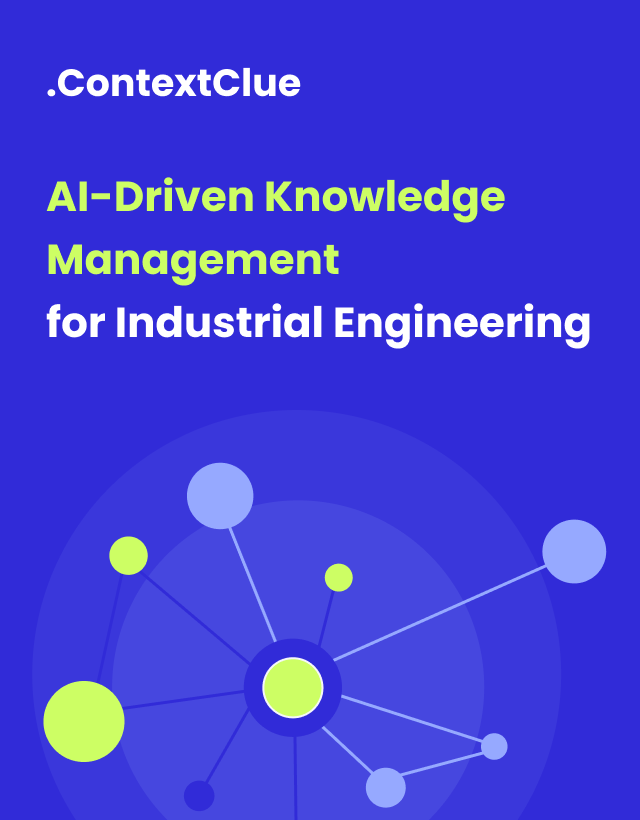
May 06, 2019
Automated Machine Learning: What Tasks Can Be Improved
Author:

CSO & Co-Founder
Reading time:
6 minutes
According to experts from Gartner, over 40% of data science tasks are going to be automated by 2020. And, obviously, automated machine learning (or AutoML) will play an enormous role in this progress. However, data science is not the only field where automated machine learning can help — there are many more tasks that can be improved or even completely automated. Keep reading to discover what kind of tasks we are talking about. Understand how you can use machine learning for small businesses for making it more efficient and profitable.
Automated Machine Learning – Tools and methods
Before moving to tasks that you can automate in the near future, we will briefly explain to you how they actually can be automated. Additionally, we will explain what automated Machine Learning is. We won’t go too deep into details, but if you want to implement machine learning automation successfully, you need to have at least a basic understanding of how things work.
So, automated machine learning is an area developing so fast, that it is virtually impossible to come up with a universal definition. In simple words, AutoML is applying machine learning to machine learning and automating repetitive tasks. Sorry for the tautology, but this is the most suitable definition. Thanks to AutoML, computers, and systems are able to solve new problems without human intervention. And, therefore, people have much more time to spend on more important issues. Now, let’s find out what tools and methods can be used to make automated machine learning possible.
Obviously, there is no need to develop your own way of machine learning automation — all the essential tools exist in spades.
If you are interested in ML technology, read our article on Machine Learning and Deep Learning.
Available tools and libraries
- Auto-WEKA, an open-source package
- Auto-Sklearn, an automated machine learning toolkit
- Robust Bayesian Optimization, a framework using the Gaussian processes library George and the random forests library Pyrfr
- BayesOpt, a toolbox for Bayesian Optimization
- ATM, or Auto-Tune Models, a multi-data system for automated machine learning
- Hyperopt, a Python library to deal with search spaces
- Cloud AutoML, a set of machine learning products that allows training high-quality models. It is perfectly suitable even for those developers who don’t have enough experience in machine learning automation
This list is not full — there are many other tools that can help you to deal with automated machine learning. The choice of methods and algorithms highly depends on your business needs. So to choose a tool, start with deciding what exactly you want to automate. We recommend you to make this decision in cooperation with your AI partner. However, if you still have any doubts, feel free to ask us.
Another important thing to do apart from choosing a tool is to collect the data. A comprehensive data set is essential for any machine learning solution, and the automated one is not an exception. Here are a few methods.
Collaborating with a third-party company
That’s not a universal way, it highly depends on the type of data you are looking for. But in certain cases, you can find a company that offers sharing data that are generated and could be further used by third-parties — by you. Such a partner will collect and label all the essential data and then provide you with it.
Using a pre-trained network
To minimize your efforts, you can find a network which was pre-trained on another dataset, and then fine-tune it to meet your own needs. Just be careful, and make sure that a dataset backing a network you chose is large enough.
Automated machine learning using data collected by IoT sensors
Here is another way of using automated Machine Learning for getting previously hard to acquire data that now can be collected cheaply. Internet of Things (or IoT, if shortly) is another popular topic nowadays — just look at a growing number of diverse smart gadgets! However, these gadgets won’t be smart without IoT sensors that collect data about temperature, light, distance, speed, and so on. On the basis of this data, a smart gadget “makes a decision”. For example, if a measured temperature is too low, a smart thermostat will turn on to raise it to a required level. This happens automatically, without human participation. If applicable, you can also use the data from IoT sensors to simplify your machine learning automation process.
You may also find it interesting – AI and Machine Learning in Gaming.
Tasks to be automated – machine learning process
Here are some tasks of machine learning which can be automated:
Model selection
This is one of the most “popular” tasks to automate. You will only have to run your data through several algorithms. The hyperparameters (we will talk more about them a bit later) must be set by default. In the end, you will discover which algorithm can learn best on the data provided.
Feature selection
Certain tools can help you to select the most relevant features from a domain. Just keep in mind that this domain of inputs must be pre-determined. Otherwise, you will end up trying to identify the right features of all the inputs which have ever been available. And in this case even automated machine learning won’t be able to simplify the feature selection and your life in general.
Hyperparameter search
A hyperparameter is a configuration external to the model. It is often used to estimate the parameters of the model, but at the same time, its value cannot be estimated from the data. However, with the help of specific libraries and tools, it is possible to automate the process of hyperparameter search and tuning. As a result, you will be able to perform deep neural net training.
Digitization of processes
Automated machine learning is key to digital transformation — it can be used to digitize business processes. For example, in the case of online retail companies, an automated machine learning system can identify the lack of certain products and order new items on its own.
Read more about ML technology: Machine Learning In Marketing.
RPA with Machine Learning
RPA, or Robotic Process Automation, can automate boring clerical processes by imitating human behavior. For instance, RPA can record a series of button clicks and then transform it into the code, so later the recorded task can be performed without human intervention. In turn, machine learning models can be used within RPA processes to be responsible for machine perception tasks — for example, for image recognition. Machine learning and RPA are different things, but in combination they can deliver a very good result. Additionally, business intelligence services can make your company more efficient and successful.
Applying automated machine learning to your business can be rather challenging, that’s why it is important to find a reliable partner who will consult you on all the things you have doubts about. To help you establish a perfect collaboration, we have prepared a detailed guide — take a closer look before starting your search.
If you find this topic interesting, try our publication about machine learning and AI in finance.
Category:





